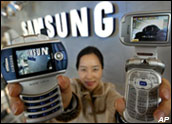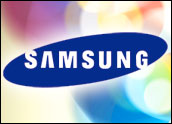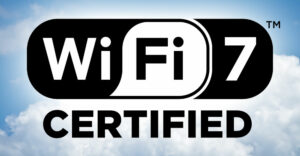
Smart mobile devices are surpassing the growth in the overall mobile market, according to new research from Canalys.
Shipments of converged smart mobile devices, namely smartphones and wireless handhelds, grew from 3.6 million in the first half of 2004 to 9.6 million in the first half of 2005, representing a 170 percent year-on-year rise in the Europe, Middle East and Africa (EMEA) market.
“The smart part has more than doubled in proportion, from 3.2 percent of the total cellular device market in the first half of 2004, to 7.5 percent a year later,” said Canalys analyst Rachel Lashford.
For the first half of 2006 Canalys expects combined shipments of smartphones and wireless handhelds to rise to 16.9 million units, equating to around 13 percent of the overall cellular device market.
Smart Growth
What’s driving the triple-digit growth in converged smart mobile devices? A few different factors and two different categories of consumers, according to analysts.
On one hand, individual buyers are simply upgrading to the latest high-specification phone, which often happens to be a smart phone. On the other, the rapidly rising interest in mobile e-mail solutions is driving shipments into enterprises, particularly of keyboard-based devices.
“Mobile e-mail usage is a growth driver for the business market that is spreading down to the consumer market,” Byte Level Research analyst John Yunker told TechNewsworld. “Some think other digital content will be factor, but from where I sit e-mail is the killer app.”
Vendor Perspectives
Canalys estimates that just under 80 percent of the smartphones shipped in EMEA in the first half of 2005 were Series 60, keypad-based handsets, with Nokia’s keyboard-oriented Series 80 models accounting for another 13 percent.
The Windows Mobile, Palm OS and BlackBerry smart phone platforms combined to represent the remaining 5 percent. Windows Mobile fares much better in the wireless handheld segment, as it is used on almost two-thirds of the devices shipped in the first half of 2005, Canalys found.
“RIM has enjoyed tremendous growth in EMEA over the past year, with total device shipments (smartphones plus wireless handhelds) up 130 percent in the first half of 2005,” Lashford added. “But it is seeing increasing competition from other players now as the market is proving to be so lucrative. With Nokia and Microsoft respectively announcing the Nokia Business Center and the Windows Mobile 5.0 Messaging and Security Feature Pack, the challenge will increase.”
Increased Competition
Yunker said to expect increased competition from handset makers and service providers, some of which are beginning to slash prices to justify business use. Lower prices, he said, should result in greater adoption of smart phones.
“Now that we will have competing networks, it should push the price down. Verizon Wireless has dropped its price from US$80 to $60 a month, with some strings attached,” Yunker said. “It’s going to have to come down more [to stimulate more smart phone usage], but it’s good news for consumers.”
Yunker said the wild card in the smart phone growth equation is the introduction of WiFi/WiMax devices. If these devices begin to see rapid deployment, it could change the big picture. One thing is certain, however, devices are getting more sophisticated and we are headed toward a day when most mobile phones are smart.
“It’s kind of like using broadband. Once you get used to broadband you can’t go back to dial-up,” Yunker said. “Well, once you get used to having remote access to e-mail you can’t go back. It raises the level of expectation for the user, without a doubt.”





















































